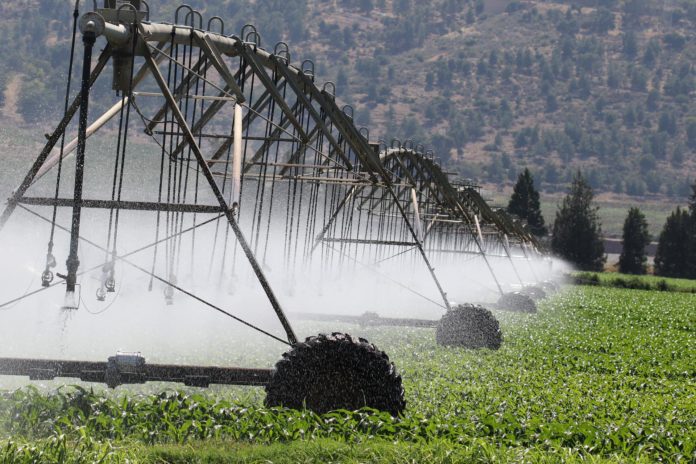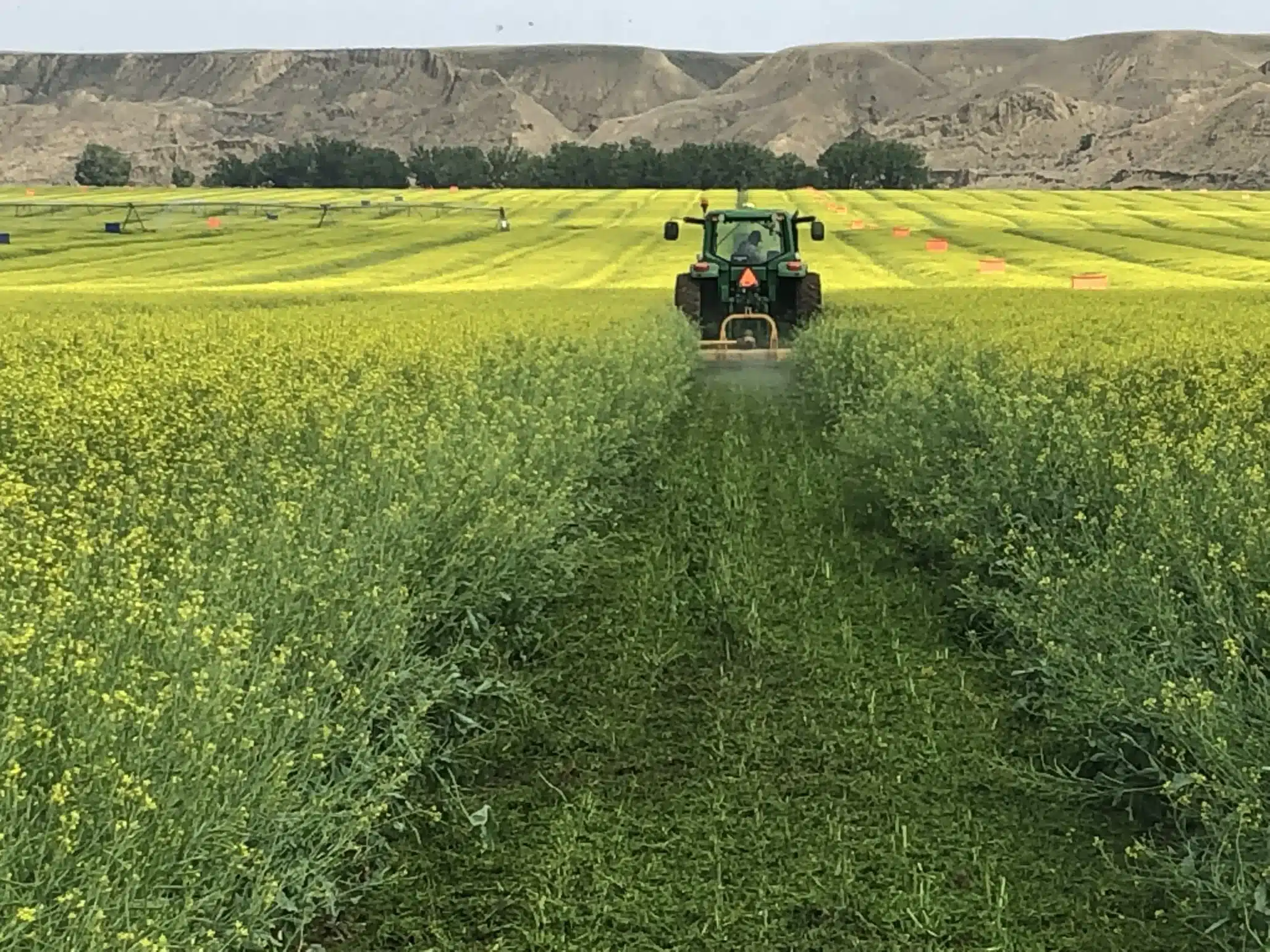By using water smartly growers can fight the effects of drought and water availability concerns.
With droughts seeming to happen more often, concerns about water availability for irrigation grow. And while you can’t control the weather, you can control how you use water.
“What it comes down to is we should have started doing the conservation efforts that we’re doing now, as far as water application goes, we should just start doing that 30 years ago,” says Josh Mosier, general manager and technical sales director of Komet Irrigation Corp., on the Sept. 7 episode of Seed Speaks. “The key to being able to move forward is to be able to use that water as efficiently as possible, not over watering, not adding extra water.”
Mosier says growers can use devices such as soil moisture probes to be able to monitor soil moisture amounts in order to water their crops as efficiently as possible. Clint Pickard, global field digital leader for seed operations at Corteva, adds irrigation application technologies can also help out — drip irrigation and drop nozzles on center pivots can get water closer to the root zone.
“We have to do better as an industry to provide answers to growers on when and how much to water. And I think you do that by kind of looking at a supply and demand equation,” he says. “I think we can do a lot to boil it down and provide a simple insight for growers as the year unfolds and changes.”
Pickard explains if you can tell a grower how thirsty their corn crop is or how much water is needed to meet a yield target, from there the grower can sort out how much they need to water their crop.
“Just being able to teach how to schedule even at the very simplest, taking a shovel out in the field and seeing how much water you have in your root zone type of scenario. Even without all the technology of soil moisture probes and things like that,” Mosier says. Adding keeping up with maintenance on irrigation systems will also help increase water efficiency.
An important part of the equation Mosier says is irrigation scheduling. He notes a recent study found 10 to 15% of growers admitted they schedule their irrigation based on when their neighbor turns their pivots on.
“Making sure that the plant has enough available water is critical to finalizing the yield on that plant. And the timing is very critical, when we look at the weather patterns, especially what we’ve seen lately, but historically as well. It never seems to rain when it’s supposed to,” he says. Pickard adds you never know when a dry period is going to strike, so you need to be proactive. You can do this by doing things such as watering your field before planting if the soil is dry to help with plant stand establishment.











